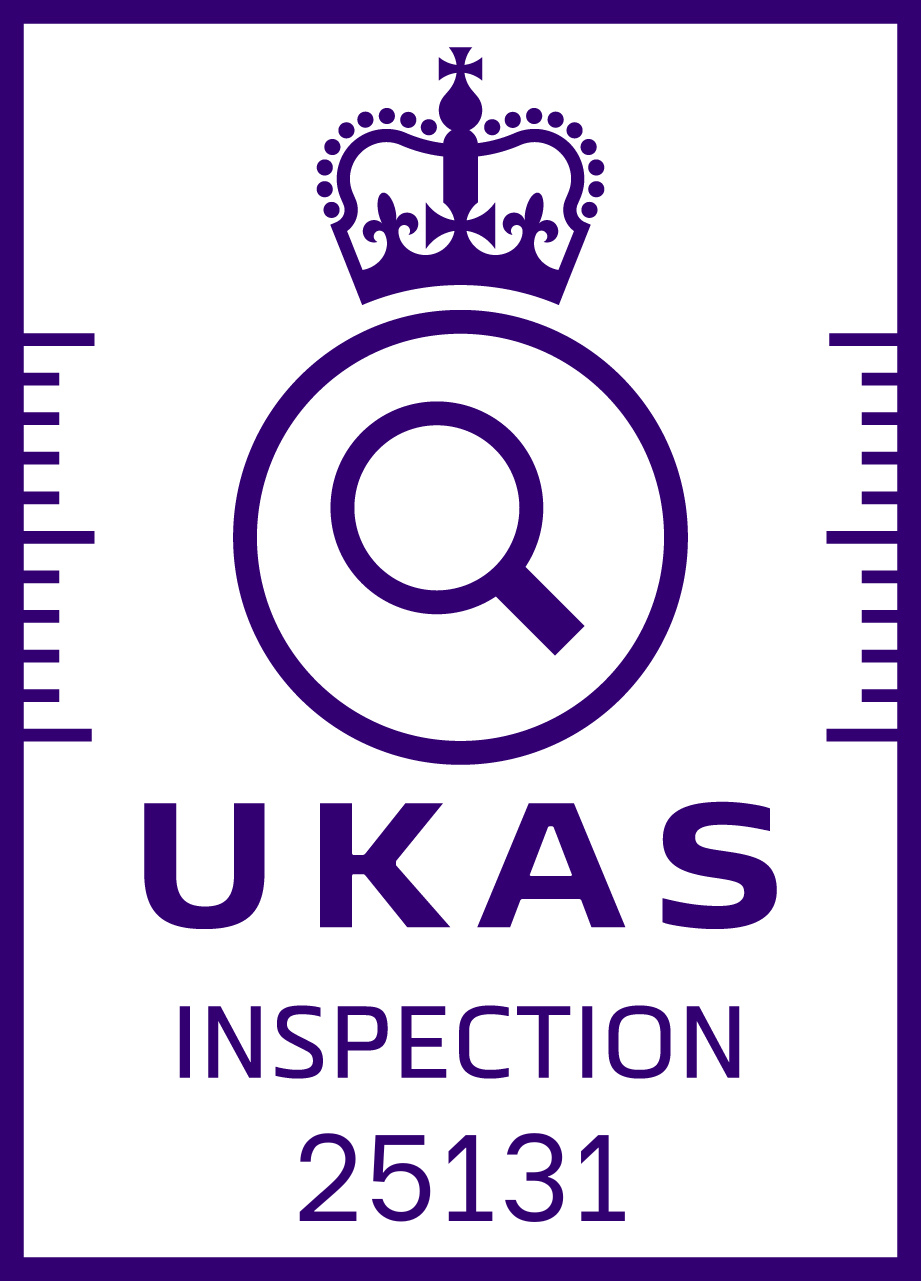A ten per cent increase in the number of people killed at work is a sobering reminder of the cost of a health and safety failure in Britain’s workplaces.
As new figures reveal that 135 workers sustained fatal injuries last year – up from 123 the previous year – the Institution of Occupational Safety and Health (IOSH) is calling for continued and strengthened efforts to ensure people are protected at work.
One-third of the fatalities (45) occurred in the construction industry, while nearly a quarter of those who lost their lives (33) were aged 60 or over. Forty of the deaths were caused by a fall from height.
Ruth Wilkinson, Head of Policy at IOSH, said: “This data is a sobering reminder of the consequences of health and safety failures and that our efforts to prevent occupational accidents, incidents, ill health and diseases must not stop. These are 135 lives lost in one year. These are 135 families, friends and colleagues having to cope with a devastating loss. We cannot accept this.
“We can see where the main hazards and risks lie – people working in construction, working at height, workers aged 60 or over. But, with good health and safety, these risks can be prevented and managed.
“We must ensure that root causes are identified, and action taken to prevent recurrence and, importantly, we must ensure lessons are learned from each one of these tragedies. It is time for the Government, policymakers, and businesses to recognise the importance of good health and safety. They need to take action to prevent harm, implement holistic prevention strategy approaches and ensure that all work is safe and healthy.”
The new figures have been published by the Health and Safety Executive. They take in the period from 1 April 2022 to 31 March 2023. Rates are much lower than previous decades – 227 workers were killed in 2002-03 and nearly 500 in the early 1980s. However, improvements have flat-lined more recently and the rates have remained broadly similar for the past decade.
IOSH has campaigned for health and safety legislation to be protected as the Retained EU Law (Revocation and Reform) Bill passed through Parliament. While it isn’t among the current schedule that is set to be scrapped at the end of the year now the Bill has now passed into law, there is still a possibility for EU-derived health and safety legislation to be included in the future. Should this happen, IOSH is keen to ensure there is a thorough consultation which leads to a robust outcome for the protection of health and safety standards and workers' rights.
Ruth added: “While standards are much improved from previous decades, this will be of no comfort to those families who have lost someone. With a safe and healthy working environment now one of the International Labour Organization’s fundamental principles and rights at work, let’s make this a watershed moment by increasing awareness and increasing occupational safety and health capacity, regulatory capacity. Let’s strive to make a difference and enhance health and safety standards, performance, controls and practice at work. Now is not the time to stop and become complacent”.
Other industries with high fatality rates include agriculture, forestry and fishing (21), manufacturing (15), and transportation and storage (15). Other leading causes were being struck by a moving object (29) and being struck by a moving vehicle (20).









